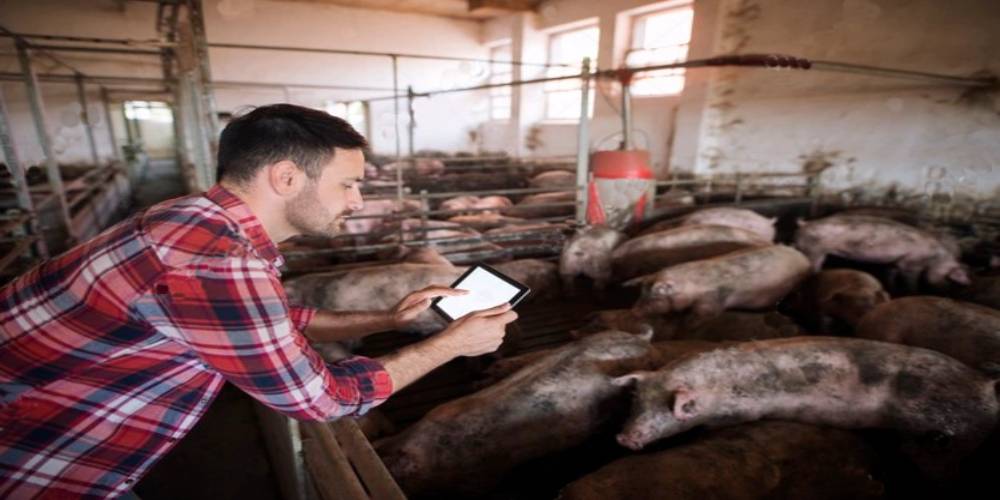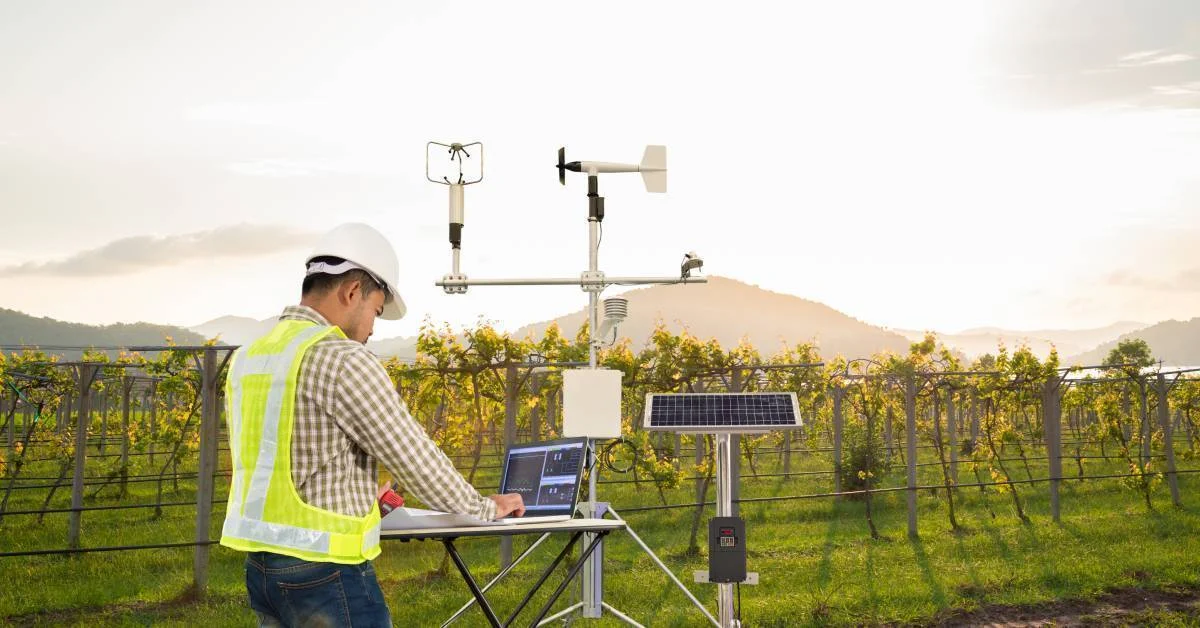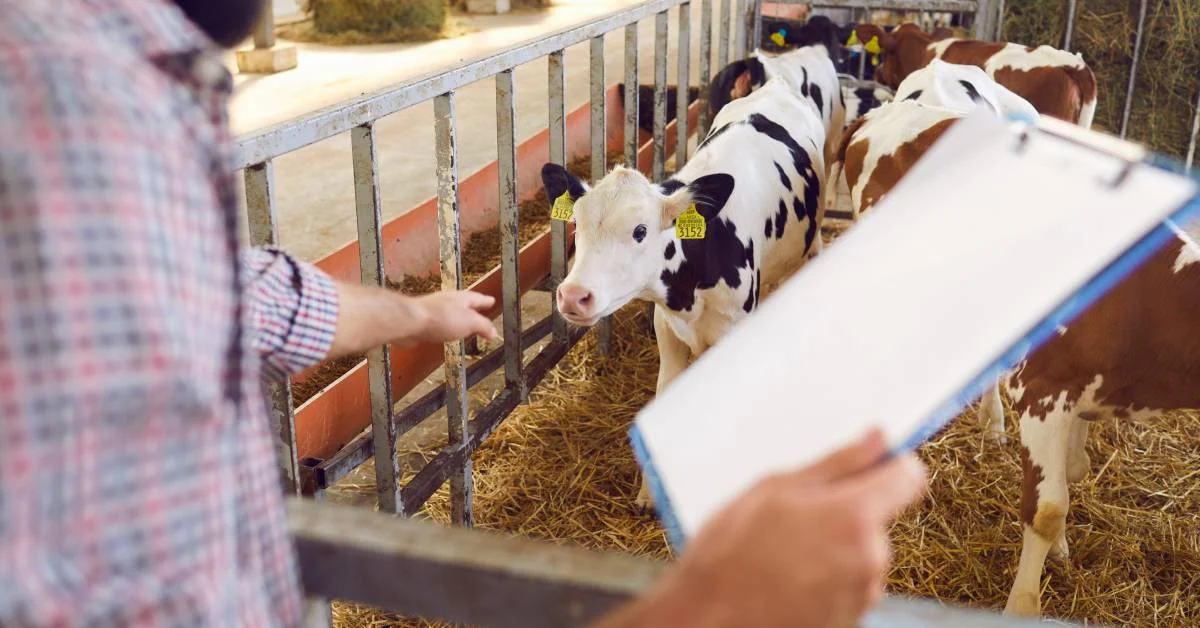The application of Biosecurity Management is now considered a useful weapon in the treatment and prevention of diseases on farms; its main benefit is the ability to keep pathogens off the farm and prohibit them from expanding to other farms. Biosecurity is a set of management practices or measures designed to prevent pathogen introduction and spread between and within farms.
On a Farm, What is Biosecurity?
Farm biosecurity refers to a set of practices aimed at preventing or reducing the spread of infectious agents such as bacteria, viruses, and parasites within or between farms.
The purpose of an effective biosecurity strategy is to stop potential infectious agents from entering a herd and to manage the spread of endemic agents.
Biosecurity is one of the most important strategies used by modern pig farms to prevent the disease from spreading.
Biosecurity in pig production is described as the application of initiatives that minimize the risk of disease operative introduction and spread; it necessitates the adoption of a set of attitudes and behaviors by people to reduce risk in all activities that involve household, captive/exotic, and wild animals and their products. Isolation, traffic control, and sanitation are the three components of BM.
What is the Significance of Biosecurity in Pig Farms?
The health of farm animals depends on careful attention to biosecurity. The majority of modern pig farms practice intensive farming, which involves housing large numbers of pigs in close quarters. Such farm conditions can encourage the spread of disease, necessitating the use of biosecurity measures.
Farm biosecurity is also critical for reducing antimicrobial drug use. Animals in herds with high biosecurity levels are healthier and require less antimicrobial treatment. This is significant because the improper use of antimicrobials in farms is one of the leading causes of antimicrobial-resistant pathogens.
Also Read: Stress Free Pig Management Software for Service Technicians & Veterinarians
What Can I Do to Improve My Farm’s Biosecurity?
Practice All-in-All-out
Adopt strict “all-or-nothing” policies. The term “all-in-all-out” refers to a farm management technique that groups animals into batches that remain together throughout the various stages of production. Batches are transferred from one farm to another or from one part of a facility to another. Between batches, facilities must be thoroughly cleaned and disinfected.
Make Use of a Multi-Location Production System
Multi-site pig farming is a system that separates the various stages of production into separate farm sites that are far apart. Following an all-in-all-out strategy, batches are moved to various farm sites.
Avoid Pig Mixing
You should avoid pig mixing at all costs. All pigs should be moved with their respective batches, never leaving runts, tail-enders, or pigs growing slower behind to be mixed with other batches.
The Introduction of the Breeding Stock Must Be Carefully Managed
The introduction of new animals from other herds is a common ways for pathogens to make their way into a farm. All new breeding stock should come from herds with a proven track record of good health. Such animals must be quarantined and given an acclimation period in order to achieve a similar immune status to that of the farm’s existing pigs.
Farm Worker and Visitor Management
Farm workers are an important vehicle for the transmission of infections between different farm sectors. Before entering the farm, workers should shower and change their clothes. Workers and visitors, such as farm veterinarians, should wash and sanitize their hands before entering the facility, and be supplied with protective equipment that should be altered when approaching various locations.
Hygiene and Vehicle Control When Entering a Farm
Feed trucks and animal transport lorries, for example, can act as passive pathogen transmitters between farms. Before being allowed onto farm premises, such vehicles should be thoroughly cleaned and disinfected.
Managing Rodents and Pests
Infectious agents are spread by rodents and pests. As a result, it is necessary to implement a pest control strategy.
Conclusions
Modern pig farming requires a high level of biosecurity. A good biosecurity strategy will help pig herds stay healthy and reduce antimicrobial use on farms.







